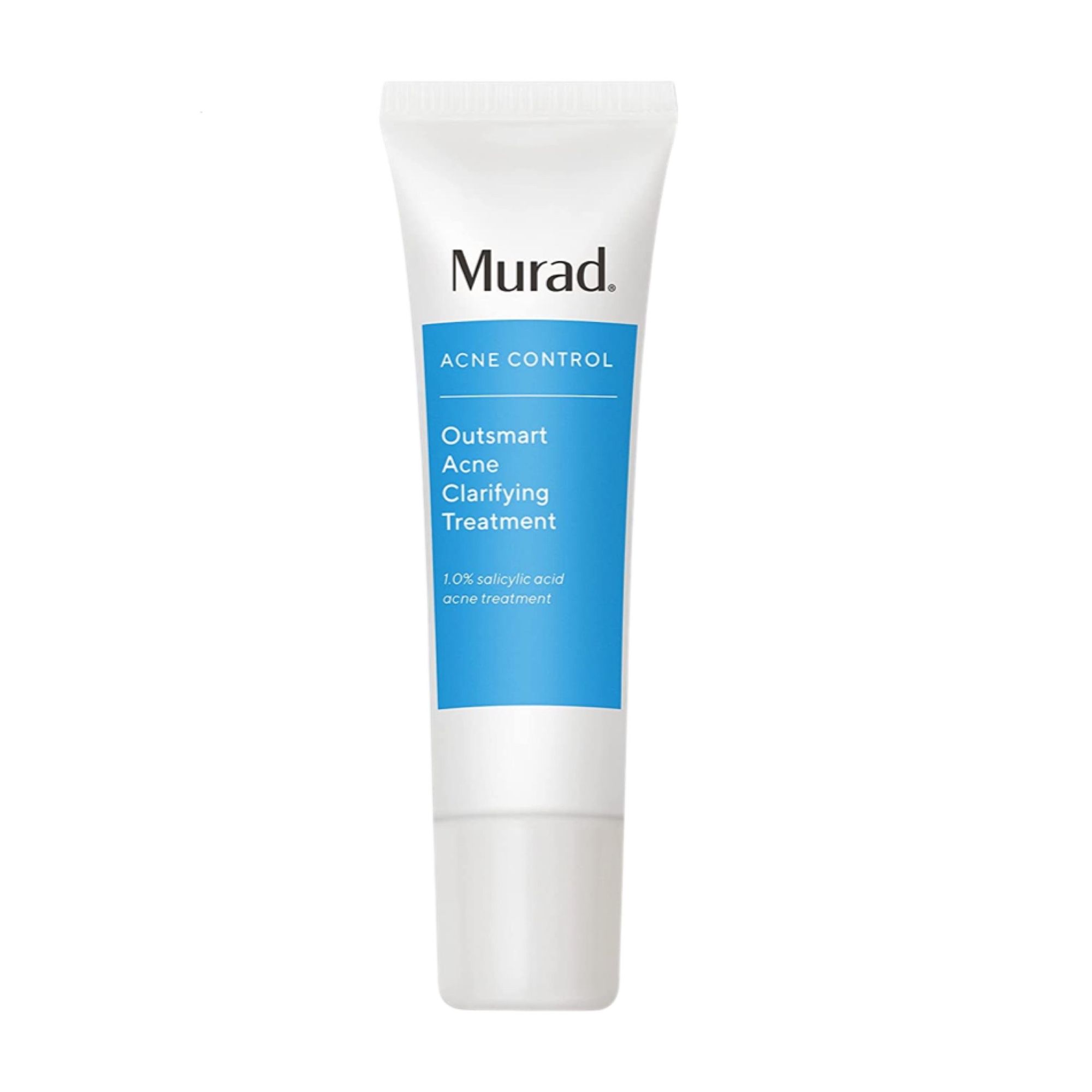A skincare routine is about combining products with different ingredients to improve the appearance of the skin. Some of them play nice together, while others deactivate each other or even become harmful. In this article, we will discuss one of the most popular couples – salicylic acid and retinol, how they work on the skin, and which products to use for optimal results.
What is Salicylic Acid?
Salicylic acid is a type of beta hydroxy acid (BHA) that can help unclog pores and control sebum production. It also has anti-inflammatory properties, effectively treating redness and swelling associated with blemishes. This all sounds tempting, but not for everyone. Salicylic acid is not the most tolerable ingredient. It has a drying effect and can cause irritation if used on dry skin.

Only people with oily and acne-prone skin can benefit from it. However, for safety matters, you better start with a low-concentrated product and gradually increase the frequency of use to assess skin tolerance. It is also essential to finish up with a good moisturizer to avoid dehydration and a broad-spectrum sunscreen to protect the skin from harmful UV rays.
What is Retinol?
Retinol is a form of vitamin A that has been proven to speed up cell turnover to bring fresh skin to the surface. It also stimulates collagen production, providing strength and firmness to the skin. In addition, this ingredient acts as a powerful antioxidant that can neutralize free radicals and reduce oxidative stress.
Retinol is a unique ingredient and can be used to treat acne and diminish signs of aging. However, you should be careful when incorporating this ingredient into your skincare routine. Sometimes, people misuse it and claim it is ineffective or causes too much irritation. In fact, you should be ready for an adjustment period, which usually lasts two to three weeks. To find more information on how to start using retinol, read the article – “When to Start Using Retinol: The Ultimate Guide.”

The best candidates for this treatment are people with oily, acne-prone, and aging skin. Those with dry and sensitive skin risk developing redness and irritation. Moreover, it is not a good idea to start using retinol before you turn 30, as your skin produces enough collagen, and the cell cycle is short enough to maintain a luminous look. Those who struggle with acne in their mid-20s may try not less effective alternatives like salicylic acid, benzoyl peroxide, and alpha hydroxy acids.
Can We Use Salicylic Acid and Retinol Together?
The answer is no, and let me explain why. Salicylic acid and retinol are drying ingredients. When applied together, they reinforce each other, causing more harm than good. This raises another question. What skin concern makes you want to use them both at the same time? If you are under your 30s and have acne, you can safely use salicylic acid, benzoyl peroxide, or alpha hydroxy acids. If you are older and looking for anti-aging treatments, get your retinol bottle. Go smart and restrain your impulses to use all the nice bottles with beauty formulas together. Less is blessed.
Product Picks With Salicylic Acid

Peace Out Acne Serum is a perfect skin care product with well-selected active ingredients. It contains an anti-acne combo of 2% salicylic acid, niacinamide, and zinc that can effortlessly reduce inflammation, clear the pores, and combat pesky pimples. Besides, the formula includes soothing ingredients like aloe, Centella Asiatica, and hyaluronic acid. Together, they revive the skin’s natural moisture, relieving the drying effect of salicylic acid. The serum is fast-absorbing and feels comfortable on the skin.

Murad Outsmart Acne Clarifying Treatment is a lightweight gel serum with a huge fan club! It has the same anti-acne ingredients as in the abovementioned product but with a less potent salicylic acid (1%). This means people with sensitive skin can safely use it without fear of irritation. It clears up any pimple anywhere on the body and does it quickly. Alcohol-free. This serum is pricey, but a little goes a long way.
Product Picks With Retinol

This serum is gentle yet effective. It combats wrinkles and reduces the appearance of hyperpigmentation. Alcohol- and fragrance-free. It contains low-strength retinol (0.3%), which perfectly suits beginners and those with sensitive skin. Besides this lovely ingredient, the formula has bakuchiol (2%), a natural alternative to retinol. It has similar skin-improving effects but is less irritating. Also, we need to mention peptides and vitamin C. These components support healthy collagen for improved firmness of the skin.

SkinMedica Retinol 0.5 Complex is slightly stronger than the product discussed above, but newbies can still use it. This serum has a huge loyal fan base due to its ability to minimize the dryness and irritation from retinol (thanks to PhytoShield Complex). It is infuesed with squalane, niacinamide, and vitamin E. The product is costly but well worth it because every woman deserves the best!

